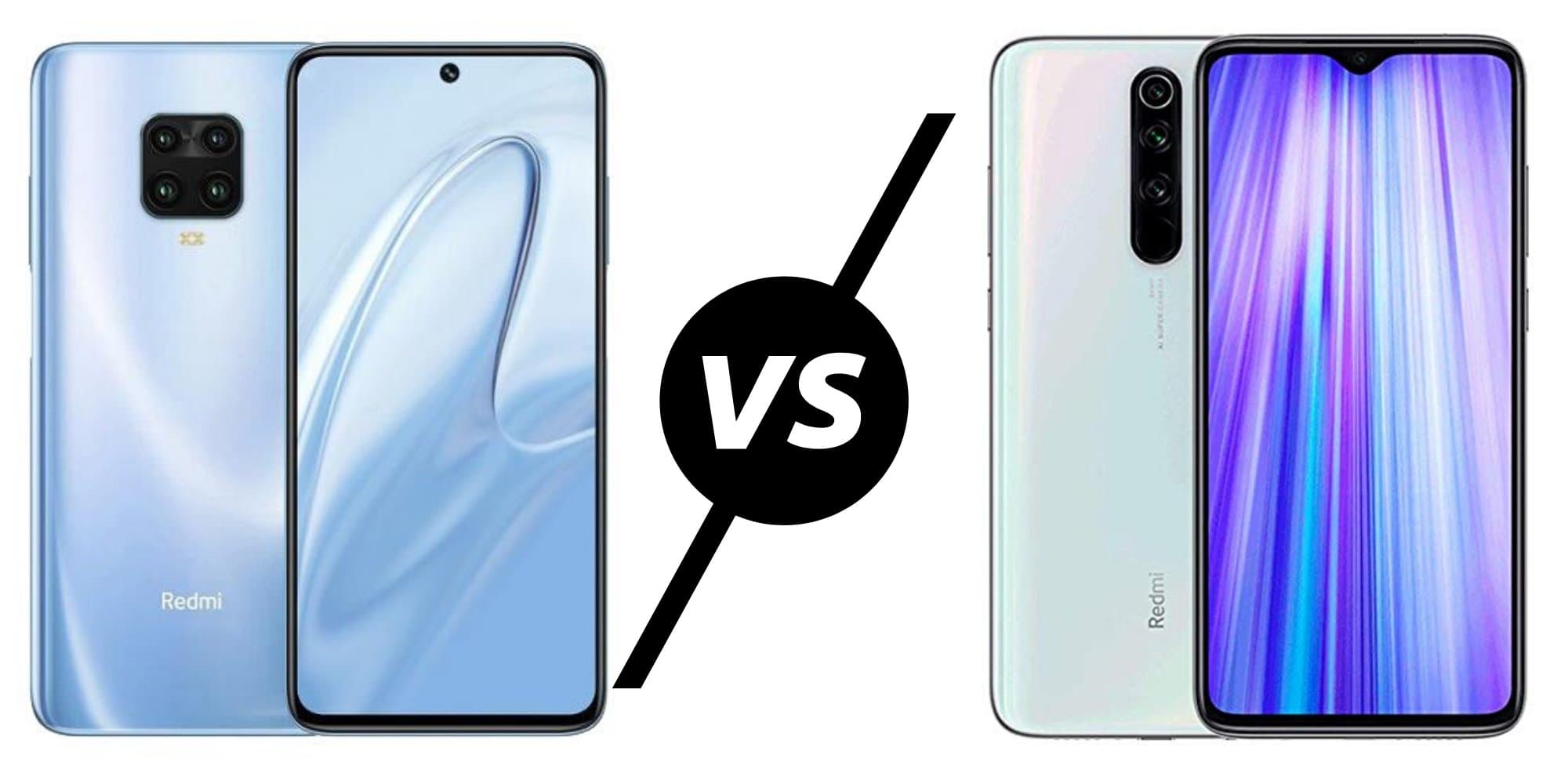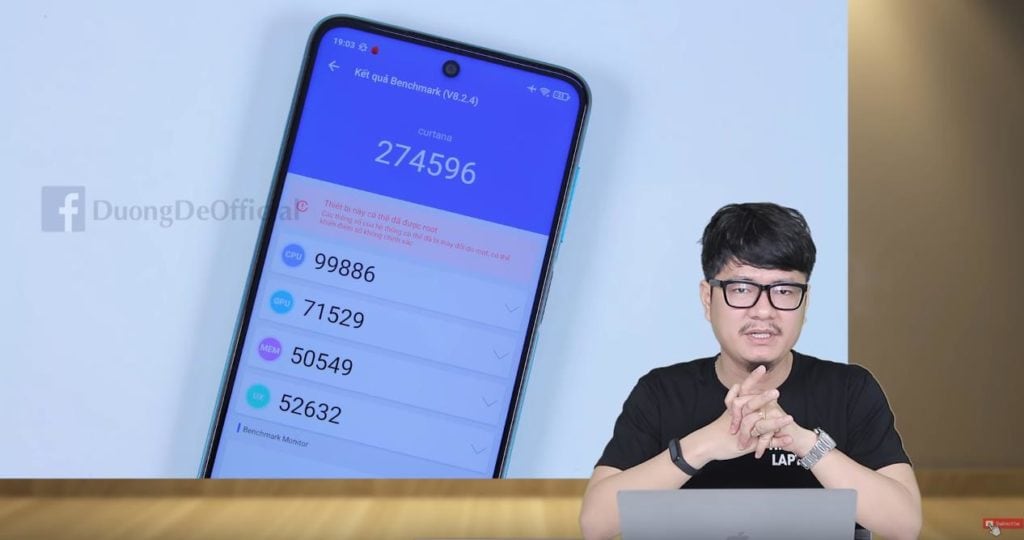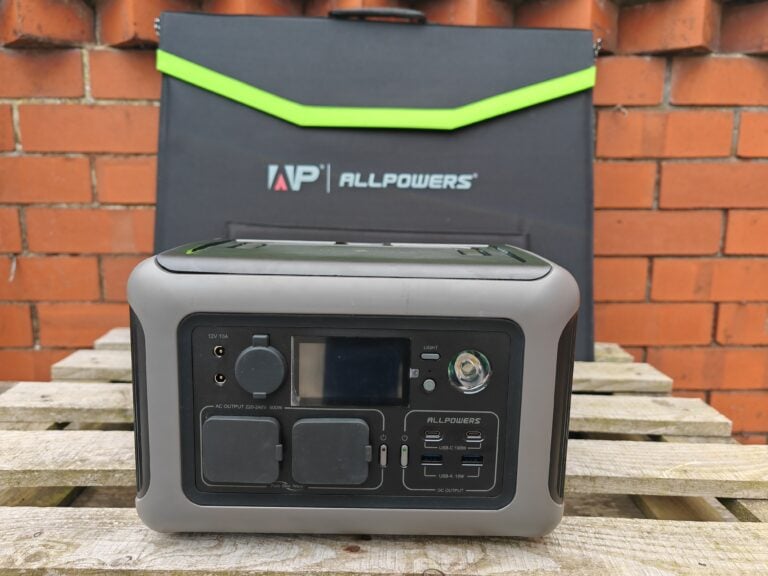Any links to online stores should be assumed to be affiliates. The company or PR agency provides all or most review samples. They have no control over my content, and I provide my honest opinion.
The Snapdragon 720G is the latest chipset from Qualcomm sitting below the 5G equipped SD765G and will feature in many of the affordable mid-range phones this year.
One such phone is the Redmi Note 9 Pro which launches tomorrow on the 12th, and one YouTuber appears to have benchmarked the new phone in Antutu, and the Realme 6 Pro which also has the 720G has also been run through some benchmarks
We are all keen to know how this new chipset will perform, and there are too big comparisons to be made. The Snapdragon 720G is striking similar to the Snapdragon 730G launched last year, then Helio G90T was the chipset that powered the Note 8 Pro, and in many benchmarks, it beat it.
So is the Qualcomm Snapdragon 720G in the Redmi Note 9 Pro better than the chipsets from last year?
When we look at the SD720G and SD730G they both have:
- Have similar underlying CPU architecture (Semi-Custom Cortex-A76 & Cortex-A55)
- Are fabricated on the same process node (Samsung’s 8nm LPP)
- Have the same GPU (Adreno 618)
- Use the same Modem (X15 LTE)
The differences between the two chipsets are:
- 100 MHz clock speed boost on 720G.
- Higher GPU frequency on the 730G
Geekbench
Previous leaks of the Realme 6 Pro indicated a score of 571 for the single-core and 1676 for multi-core.
My review samples had the Redmi Note 8 Pro with the Helio G90T score 504 and 1641.
Then the Realme X2 with the Snapdragon 730G managed 546 and 1729.
Antutu
During my review, the Helio G90t on the Xiaomi Redmi Note 8 Pro managed superb results with a total score of 281295 which outperformed the Snapdragon 730G of the Realme X2 which managed 258311.
The latest YourTube leak indicates the Qualcomm Snapdragon 720G achieving a score of 274,596.
Overall
The Qualcomm Snapdragon 720G is no doubt a superb chipset, but it is price dependant, it doesn’t bring anything to the table that we have no already seen with the SD73G or the Helio G90T.
It currently looks like there will be little to no performance gains, possibly even lower performance moving from the Note 8 Pro to the Note 9 Pro. I am not aware of any phone that hasn’t improved chipset performance between generations before.
However, this year, it looks like Redmi may release a Note 9 Pro Max, which would likely offer a superior chipset. So it will be interesting to see how these phones are priced, it could be the Note 9 Pro launches at a lower price point than the last generation.
I am James, a UK-based tech enthusiast and the Editor and Owner of Mighty Gadget, which I’ve proudly run since 2007. Passionate about all things technology, my expertise spans from computers and networking to mobile, wearables, and smart home devices.
As a fitness fanatic who loves running and cycling, I also have a keen interest in fitness-related technology, and I take every opportunity to cover this niche on my blog. My diverse interests allow me to bring a unique perspective to tech blogging, merging lifestyle, fitness, and the latest tech trends.
In my academic pursuits, I earned a BSc in Information Systems Design from UCLAN, before advancing my learning with a Master’s Degree in Computing. This advanced study also included Cisco CCNA accreditation, further demonstrating my commitment to understanding and staying ahead of the technology curve.
I’m proud to share that Vuelio has consistently ranked Mighty Gadget as one of the top technology blogs in the UK. With my dedication to technology and drive to share my insights, I aim to continue providing my readers with engaging and informative content.








